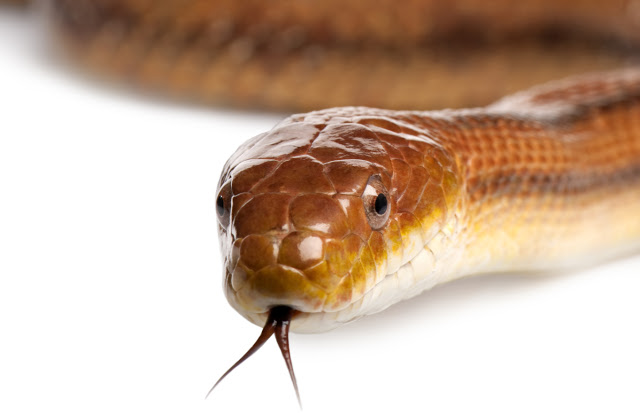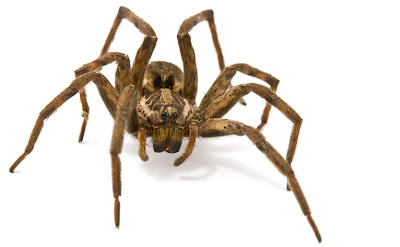

| Visitors Now: | |
| Total Visits: | |
| Total Stories: |

| Story Views | |
| Now: | |
| Last Hour: | |
| Last 24 Hours: | |
| Total: | |
How Fear Skews Our Spatial Perception

“Our results show that emotion and perception are not fully dissociable in the mind,” says Emorypsychologist Stella Lourenco, co-author of the study. “Fear can alter even basic aspects of how we perceive the world around us. This has clear implications for understanding clinical phobias.”
Lourenco conducted the research with Matthew Longo, a psychologist at Birkbeck, University of London.
People generally have a well-developed sense for when objects heading towards them will make contact, including a split-second cushion for dodging or blocking the object, if necessary. The researchers set up an experiment to test the effect of fear on the accuracy of that skill.
The more fearful someone reported feeling of spiders, the more they underestimated time-to-collision of a looming spider.
Study participants made time-to-collision judgments of images on a computer screen. The images expanded in size over one second before disappearing, to simulate “looming,” an optical pattern used instinctively to judge collision time. The study participants were instructed to gauge when each of the visual stimuli on the computer screen would have collided with them by pressing a button.
The participants tended to underestimate the collision time for images of threatening objects, such as a snake or spider, as compared to non-threatening images, such as a rabbit or butterfly.
The results challenge the traditional view of looming, as a purely optical cue to object approach. “We’re showing that what the object is affects how we perceive looming. If we’re afraid of something, we perceive it as making contact sooner,” Longo says.
“Even more striking,” Lourenco adds, “it is possible to predict how much a participant will underestimate the collision time of an object by assessing the amount of fear they have for that object. The more fearful someone reported feeling of spiders, for example, the more they underestimated time-to-collision for a looming spider. That makes adaptive sense: If an object is dangerous, it’s better to swerve a half-second too soon than a half-second too late.”
The researchers note that it’s unclear whether fear of an object makes the object appear to travel faster, or whether that fear makes the viewer expand their sense of personal space, which is generally about an arm’s length away.
“We’d like to distinguish between these two possibilities in future research. Doing so will allow us to shed insight on the mechanics of basic aspects of spatial perception and the mechanisms underlying particular phobias,” Lourenco says.
Related:
Psychologists closing in on claustrophobia
How babies perceive numbers, space and time
Contacts and sources:
Beverly Clark
Emory University



